PLATES APPEAR TO BE DELFT - NOT CHINESE PORCELAIN - HAVE MARKINGS AND NUMBER ON BACK
Vraag
CAN YOU ADVISE WHO MADE THE PLATES, WHERE THEY WERE MADE AND WHEN THE PLATES WERE MADE.
I GOT THESE FROM MY OMA/OPA(BOTH DECEASED) WHO EMIGRATED TO CANADA AFTER THE WAR FROM THE HARDENBURG AREA.
Afmetingen
6.5" PLATE WINDMILL PAINTING
7" PLATE SAILBOAT PAINTING
10" PLATE CANAL PAINTING
10" PLATE SHIP PAINTING
7" PLATE SAILBOAT PAINTING
10" PLATE CANAL PAINTING
10" PLATE SHIP PAINTING
Collectie
publiekscollectie
Merk
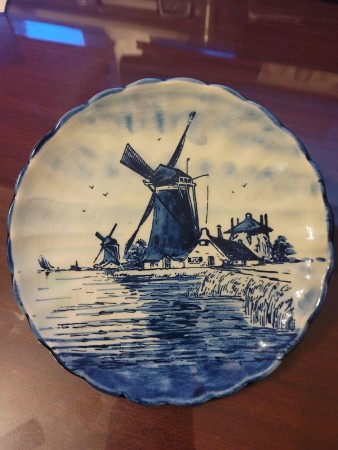
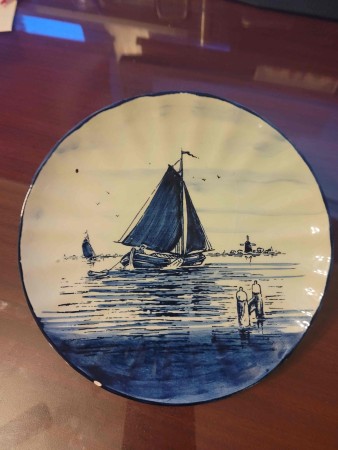
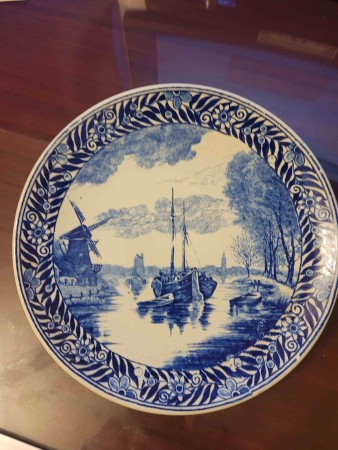
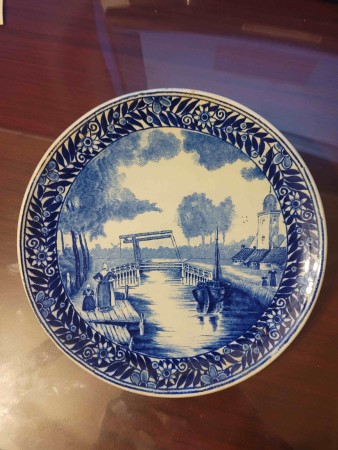
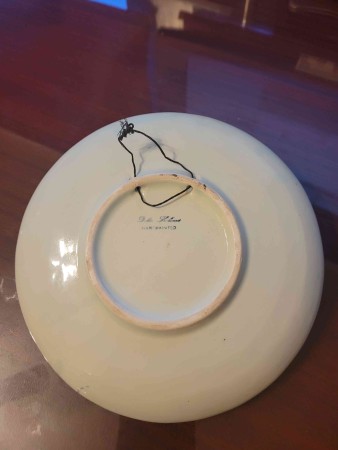
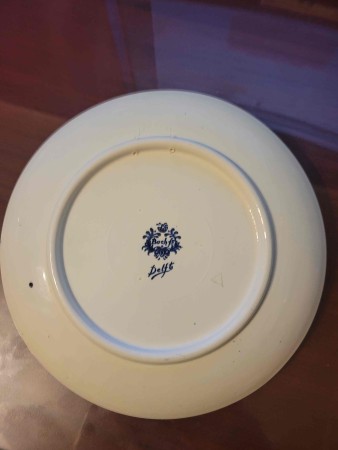
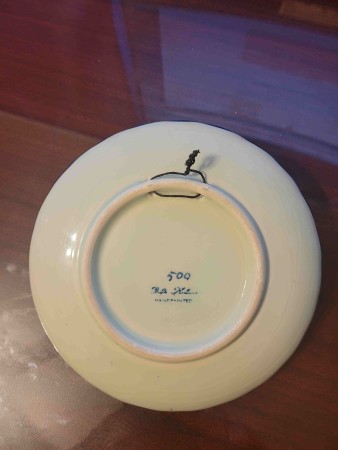






Reacties 2
Verdict:
Analysis:
Merk:
The image for the back of the first plate is not very clear, so I can't make out the mark. The second plate was made by Boch | Dutch Delftware in Belgium in the 20th century, using transfer prints. The technique used is not that used by Delftware makes in the 17th/18th century, which used white tinglazing over yellow or brownish earthenware. Here, the clay mixture itself is white.
The image of the back of the first plate states: ''Delft Holland hand-painted'', is not the truth, is not hand-painted but screen printed, light shades and outer edge with brush, perhaps made in Gouda, is crackled, greetings jvdh.
De afbeelding van de achterkant van het eerste bord vermeldt: ''Delft Holland handpainted'', is bezijden de waarheid, is niet handgeschilderd maar zeefdruk, lichte tinten en buitenrand met penseel, misschien in Gouda gemaakt, is gecraqueleerd, groet jvdh.
Add new comment
Only logged in users can post comments
Log in or register to post comments